However, due to its invasiveness, this is no longer a responsible use of this plantPachysandra terminalis (Japanese Spurge) is a shrubby, evergreen ground cover which spreads via underground runners to form a dense carpet of rich, dark green foliage Japanese Spurge' is a creeping perennial forming a mat up to 4 inDescription Japanese spurge is valuable groundcover for shady areas as it spreads nicely on its own but does not pose a threat to the surrounding vegetation Morphology This shade loving evergreen groundcover, commonly referred to as pachysandra, grows to a height of 8"12" and spreads out by underground rhizomes to eventually form a dense canopy of rich green foliage

Pachysandra Terminalis Japanese Spurge Youtube
How to get rid of japanese spurge
How to get rid of japanese spurge-Pachysandra, also called Japanese spurge, is an evergreen ground cover that looks like a great idea when you plant it–after all, it stays green year round and spreads quickly to fill an area Pachysandra is an invasive perennial ground cover that spreads throughout the garden by means of underground stems and rootsPachysandra terminalis 'Variegata' (Variegated Japanese spurge) 'Variegata' _ 'Variegata' is a low, matforming evergreen subshrub, with leaves edged in cream and spikes of small white flowers in early summer Pachysandra terminalis 'Variegata' (Variegated Japanese spurge) will reach a height of 02m and a spread of 05m after 510 years




Did The Pachysandra Kill The Hickory Tree
Pachysandra terminalis, the Japanese pachysandra, carpet box or Japanese spurge, is a species of flowering plant in the boxwood family Buxaceae, native to Japan, Korea and China and introduced to eastern North America It is a slowgrowing, spreading evergreen perennial growing to 10 cm (4 in) tall by 60 cm (24 in) broad, with alternate, simple, glossy leaves, and creeping stemsPachysandra terminalis is an evergreen Shrub growing to 02 m (0ft 8in) by 05 m (1ft 8in) at a medium rate It is hardy to zone (UK) 5 and is not frost tender It is in leaf all year, in flower from April to May, and the seeds ripen from September to October The species is monoecious (individual flowers are either male or female, but both sexes can be found on the same plant)Leafy spurge Euphorbia esula Identification, Management Control and Removal What is Leafy spurge and what can I do to remove it?
Kill pachysandra with a nonselective herbicide, such as glyphosate Spray the foliage with the herbicide on a dry, calm day Wear protective clothing and goggles and adhere to the application procedures on the labelAnswer #1 Maple Tree's Answer Hi AlanYes the Japanese Spurge is considered an invasive plant by the National Gardening Association The term "invasive" though is hard to define at times I think of a plant as being invasive if its growth habit is something I can't controlGrowing Problems With Pachysandra Terminalis Pacysandra terminalis, or Japanese spurge, is a shadeloving plant that grows best in partial to full shade, such as under shade trees It demands
Japanese Pachysandra is monoecious The typical floral spike has 1525 staminate (male) flowers along its central and upper portions, and 12 pistillate (female) flowers at its bottom The rachis (central stalk) of the floral spike is light green and glabrous Native to Japan, it is considered an exotic, but invasive plant in North America Variegate Japanese Spurge Pachysandra Terminalis This one varies from the Japanese spurge in that its leaves are grayishgreen and frosted with an irregular white rim It also sports the familiar spikes of white flowers in the early springSometimes known as Japanese spurge, Pachysandra is a small genus of very dwarf shrubs, popular for over a century for their ability to spread into a dense evergreen carpet beneath other taller shrubs They all need some degree of shade and acid soils, hence their popularity for underplanting rhododendrons Pachysandra terminalis is perhaps the best known Pachysandra, and is fully
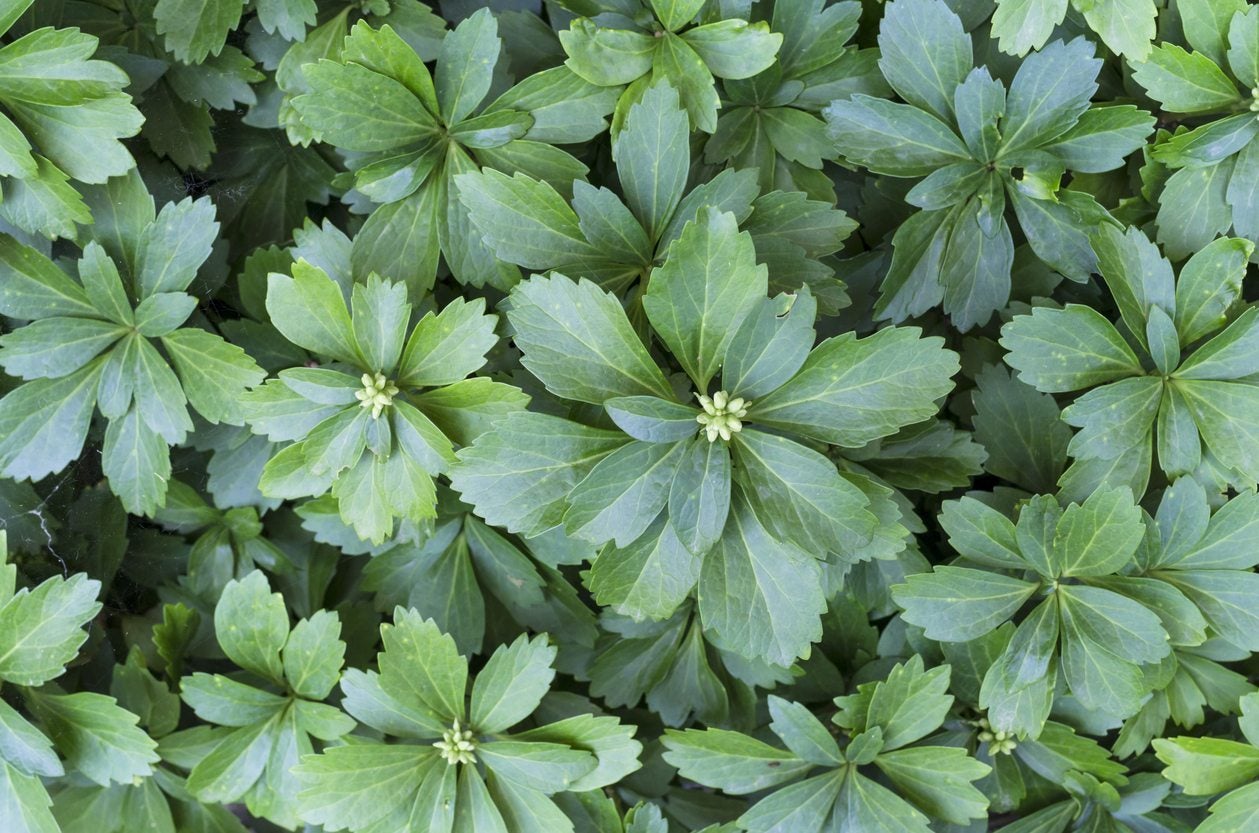



Zone 9 Evergreen Groundcovers Growing Evergreen Groundcovers In Zone 9 Gardens




Invasive Plant To Avoid Japanese Spurge Blue Water Baltimore
Commonly known as Japanese spurge, this plant is considered an exotic invasive in some states How do you get rid of Japanese spurge?The Development Catalyst one spark can ignite the world Menu Home; Pachysandra, commonly called Japanese Spurge, is very easy to grow when planted right and in the right spotAll Pachysandra varieties prefer growing in a welldrained moist soil and shade to part shade Pachysandra is ideal for use as a large space groundcover
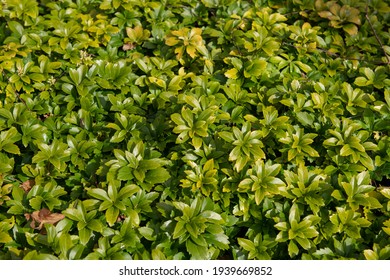



Japanese Spurge Images Stock Photos Vectors Shutterstock




Pachysandra Growing Zone Information On Pachysandra Plant Care
Our Recommendations Japanese Spurge and Vinca Minor Evergreen Ground Cover Our criteria for choosing the best ground cover plants included several factors We wanted a plant that would fill in an area with a carpet of foliage, seeing as that is often a reason for choosing one We also opted for a plant that was low maintenance Japanese knotweed has come a long way since Philipp Franz von Siebold, the doctorinresidence for the Dutch at Nagasaki, brought it toCommonly known as Japanese spurge, this plant is considered an exotic invasive in some states This has been flagged as an aggressive spreader in some areas;



Pachysandra Terminalis Japanese Spurge A Groundcover To Be Controlled
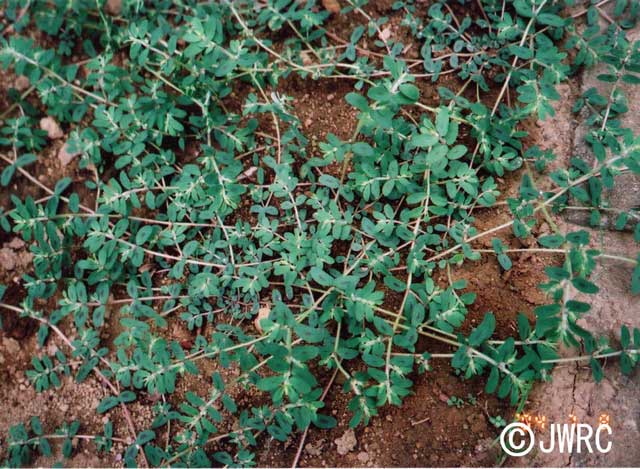



Milk Purslane Prostrate Spurge Invasive Species Of Japan
Shiny, thick leaves that are approximately 7 to 10 cm in length The foliage is resistant to larger pests like deer and rabbits And it is generally diseasefree, but can be attacked by slugs and snails This species can be invasive, if left without monitoring It will spread and propagate through underground root systemsInvasive plants are also a concern They can take over and spread to native areas Ground covers with aggressive and invasive tendencies are noted in the plant chart Bed Preparation Japanese Spurge Pachysandra Full shade Semievergreen, acidic, needs even moisture soilChalk, Clay, Loam, Sand Pachysandra terminalis forms a dense mat of evergreen foliage, fragrant, white flowers are borne in spring Brilliant for shaded areas, and excellent for groundcover, as they will tolerate almost any conditions, from full sun to dense shade Shrub Notes Shrubs Guide & Care



Pachysandra Home Garden Information Center
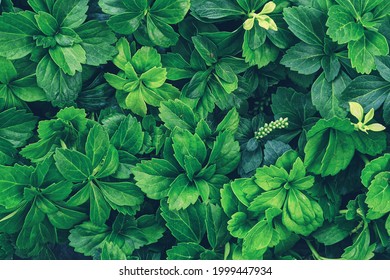



Japanese Spurge Images Stock Photos Vectors Shutterstock
Commonly known as Japanese spurge, this plant is considered an exotic invasive in some states Years ago I would have recommended it for woodland edge gardens; Also known as Japanese Spurge, this vigorous plant was brought to the United States from eastern Asia as an ornamental ground cover Although it is widely available at conventional garden centers, it is not a good choice for woodland gardens or stream banks as it can easily escape cultivation It is reported as invasive in 15 states, including Virginia, and in nearby RockAllegheny Spurge (Pachysandra procumbens) Native from southern Indiana to Louisiana and northern Florida, with isolated populations as far north as Connecticut This is the North American analog of Japanese pachysandra This species is not as aggressive as the imported species




Ground Cover For Front Area Pachysandra Terminalis Japanese Spurge Ground Cover Ground Cover Plants Shade Garden




Pachysandra Terminalis Landscape Plants Oregon State University
The Green Carpet Japanese Spurge is an excellent evergreen ground cover Sends out stolons (a creeping horizontal plant stem or runner that takes root at points along its length to form new plants) freely to create a dense mat This groundcover showcases a beautiful glossy, darkgreen foliage with white flowers in the springThe most commonly used species is P terminalis, the Japanese spurge, which is an aggressively spreading evergreen ground cover It is very deerresistant The form 'Variegata' has leaves attractively variegated green and creamy white, and is slightly less invasive 'Green Sheen' Pachysandra has extra glossy leaves and slowly spreadsPachysandra terminalis, Japanese Spurge, invasive groundcover, shade groundcover Pachysandra terminalis, Japanese Spurge, invasive groundcover, shade groundcover Today Explore When autocomplete results are available use up and down arrows to review and enter to select Touch device users, explore by
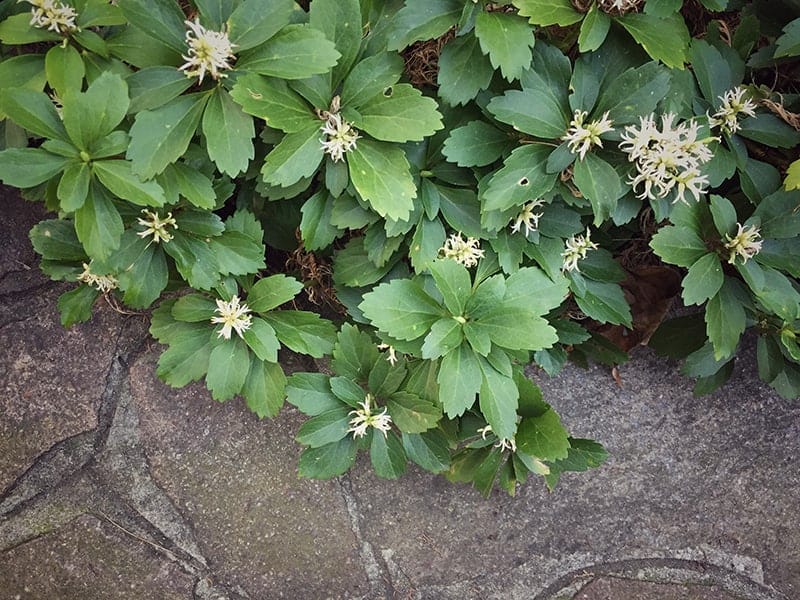



11 Best Evergreen Ground Cover Plants That Make Your Garden Look Greener Better Trees Com




Pachysandra Terminalis Care Growing The Japanese Spurge
It is useful for growing under trees Pachysandra terminalis (Japanese spurge) will reach a height of 02m and a spread of 05m after 510 years Plant in any soil, except very dry, in full or partial shade This creeping plant can be invasive in moist soils UK hardiness Note We are working to update our ratingsBoth are moderately invasive plants, but both are also useful for deer control I think of a plant as being invasive if its growth habit is something I can't control Email It is reported invasive in VA and DC It's lowgrowing, with height and spread of about 12″ x 18″ And I find that Japanese pachysandra or Japanese spurge (Pachysandra terminalis) really deserves the name leafJapanese spurge is perfect for mass planting and carpeting bare areas of earth between deciduous shrubs or trees Pack of TEN Plants, each Supplied in approx 9cm containers Quantity Add to Cart Add to wishlist Rosettes of glossy, dark green leaves with serrated edges form dense mats of eye catching groundcover in sun or shade In early




My Pachysandra Is Dying What Can I Plant In Its Place Maryland Grows




Invasive Plant Factsheet Japanese Pachysandra Pachysandra Terminalis Master Gardeners Of Northern Virginia
Southbound I75 rest area just north of Gaylord, spreading through hardwood stand;Japanese Spurge' is a creeping perennial forming a mat up to 4 in tall (10 cm) and 8 in wide ( cm) Spreads rapidly to form large colonies A part shade to full shade lover, it is best grown in rich, medium moisture, welldrained soils This plant is not fussy about soils andQuestion Is Japanese Pachysandra invasive?
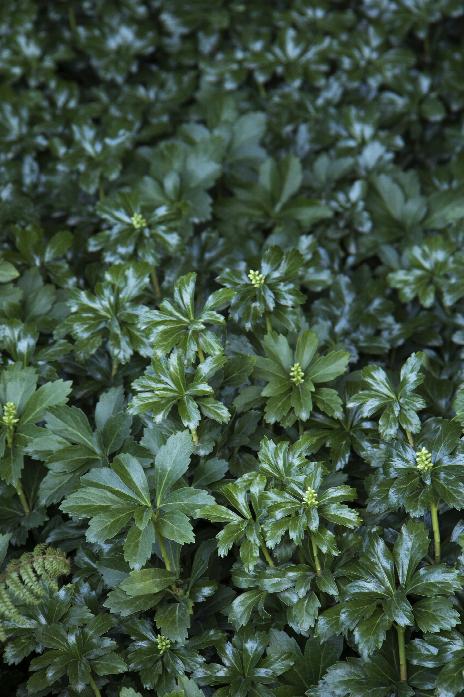



Green Sheen Japanese Spurge
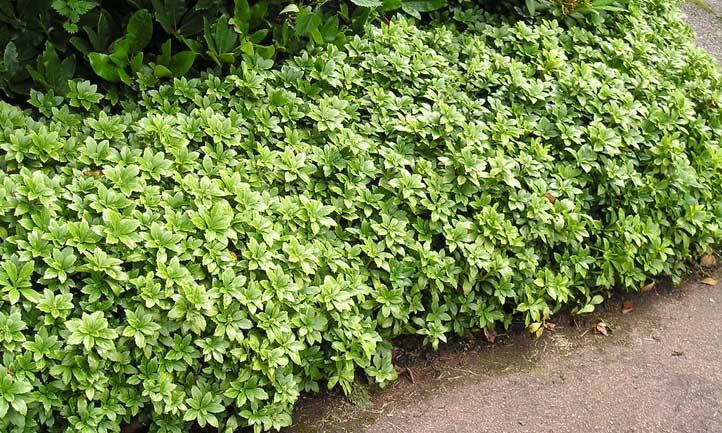



Pachysandra Terminalis A Shady Ground Cover Option
Nonnative invasive in North America Rob Routledge, Sault College, Bugwoodorg Additional Resolutions & Image UsageMore choices Bleeding heart (Dicentra formosa), wild lilyofthevalley (Maianthemum dilatatum), threeleaf foamflower (Tiarella trifoliata), all of which are Washington natives, as well as Japanese Spurge (Pachysandra terminalis), barrenwort (Epimedium) species, sweetbox (Sarcococca hookeriana var humilis), and minature London pride (Saxifraga 'Primuloides')Japanese spurge is perfect for carpeting bare areas of earth between deciduous shrubs or trees Garden careLift and divide congested colonies in autumn or spring
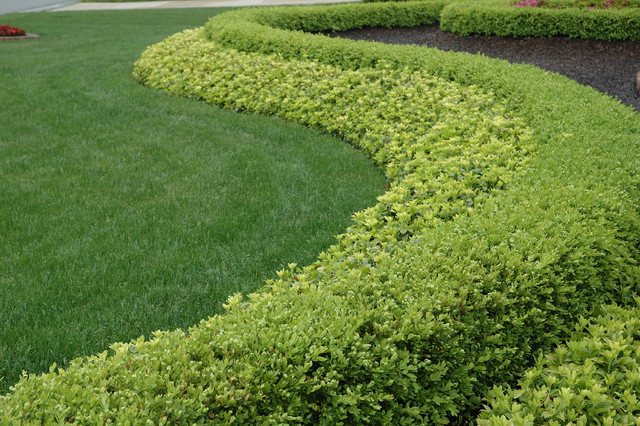



How To Use Pachysandra Responsibly In The Landscape




Pachysandra Terminalis Japanese Spurge Youtube
Brought from Eastern Asia as an ornamental groundcover, Japanese Spurge (Pachysandra) is an aggressively spreading evergreen Japanese Spurge is still widely used in landscaping today However, Japanese Spurge spreads quickly — displacing native vegetation in forests and meadow edges, creating a monoculture with little value to wildlifeFamily Buxaceae Genus Pachysandra are matforming evergreen perennials or subshrubs with creeping stems and short upright branches bearing leathery leaves clustered at the tips, and erect spikes of small flowers, the males with prominent white stamens Details P terminalis is an evergreen, rhizomatous perennial to 25cm tall, forming a wideAnswer Yes, The Japanese Pachysandra is an invasive plant species that are grown for covers under the shades, but it quickly spreads all over the gardens and yards Once you have planted it this will be very difficult for you to completely remove this from your garden
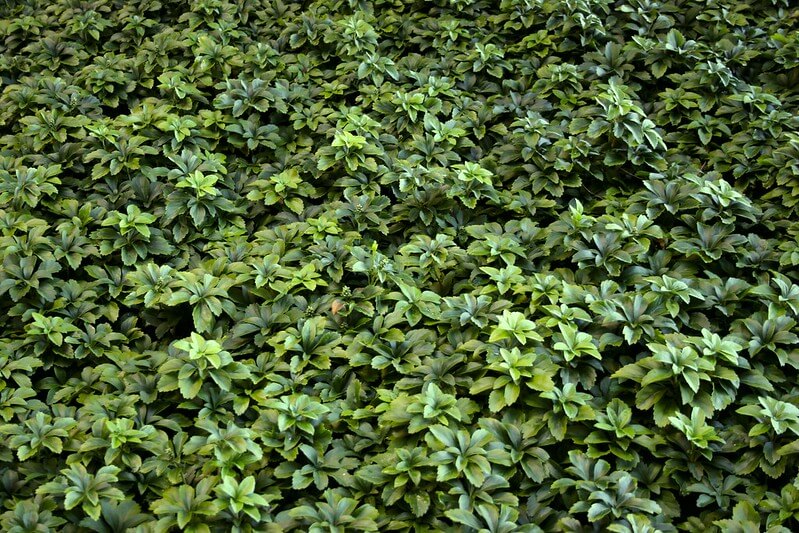



Homestead Stories Pachysandra Pretty Ground Cover Or A Blight To Eliminate Insteading




Leafy Spurge Euphorbia Esula Wisconsin
Check with your local nursery for the appropriate variety for your ecosystem — you don't want the plant to become invasive in an area beyond your garden Click here to know more about itBEST PACHYSANDRA TERMINALIS Japanese Spurge Bare Root Plants Highly Invasive $3954 FOR SALE!PACHYSANDRA TERMINALIS Japanese spurge highly invasivePachysandra Green Carpet, or Japanese




Pachysandra Terminalis Greencarpet Japanese Spurge From Midwest Groundcovers
:max_bytes(150000):strip_icc()/euphorbia-polychroma-or-cushion-spurge-green-and-yellow-plant-1002612930-12ec348d0f444a79aebde9d6956ffecf.jpg)



Japanese Pachysandra Useful Spurge Ground Cover
Pachysandra, also called Japanese spurge, is an evergreen ground cover that looks like a great idea when you plant it–after all, it stays green yearround and spreads quickly to fill an area Unfortunately, this aggressive plant doesn't know when to stop Read on for information on removing pachysandra ground coverWhat we do Training; It becomes invasive when the gardener allows it to grow rampantly One may also ask, does Japanese spurge spread?
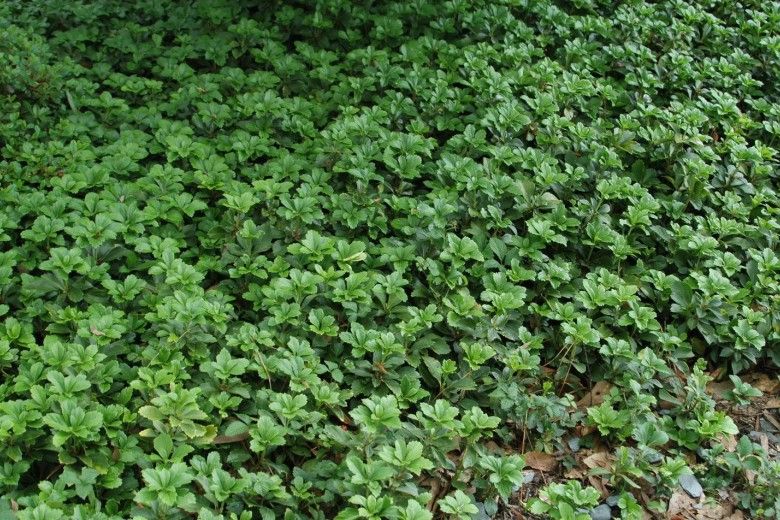



Invasive Species Spotlight Japanese Pachysandra Pachysandra Terminalis Brandywine Conservancy And Museum Of Art
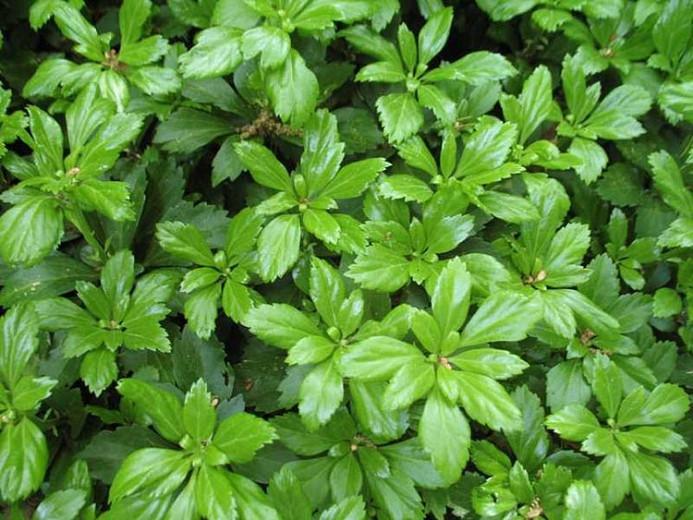



Pachysandra Terminalis Green Carpet Japanese Spurge
Pachysandra terminalis species is native to Japan It is considered an exotic invasive in some US states Find where this species is invasive in the United States Discover beautiful USPachysandra terminalis (Japanese spurge); Japanese spurge is a vigorous ground cover with evergreen foliage This matforming, groundhugging plant forms a carpet of darkgreen leaves in shaded habitats The creeping foliage grows up to 4" (10 cm) tall and spreads rapidly to cover the ground
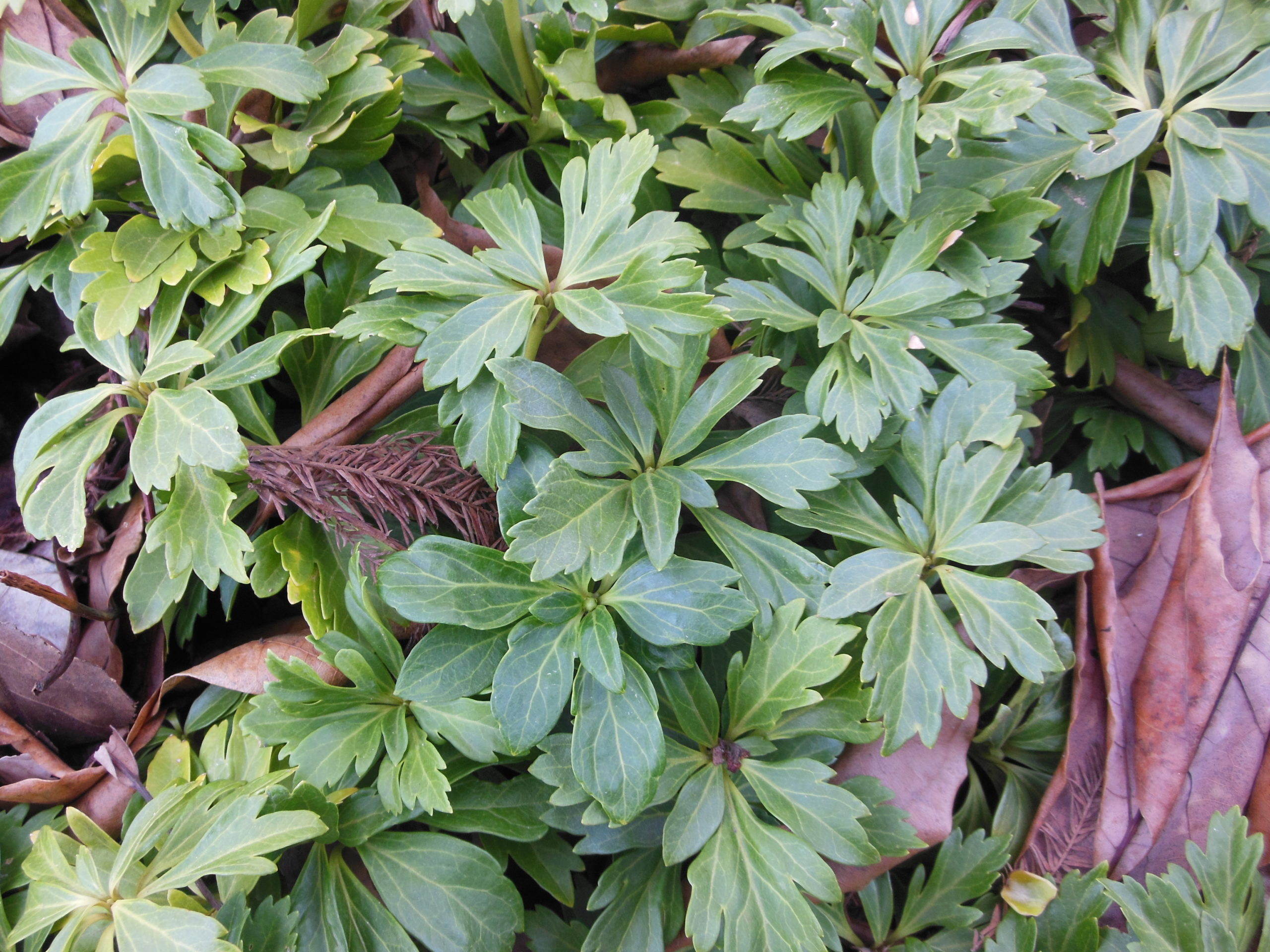



Pachysandra Home Garden Information Center




Did The Pachysandra Kill The Hickory Tree
Pruning jasmine vines will work, over time, to reduce the strength of Asian jasmine Prune the stems ruthlessly right to the ground, or mow them at ground level to get rid of all leaves and stems This may discourage it since it needs foliage to manufacture its food The problem with Asian jasmine is that killing the stems and leaves– whether




Japanese Pachysandra Briar Bush Non Native Invasive Plants Inaturalist
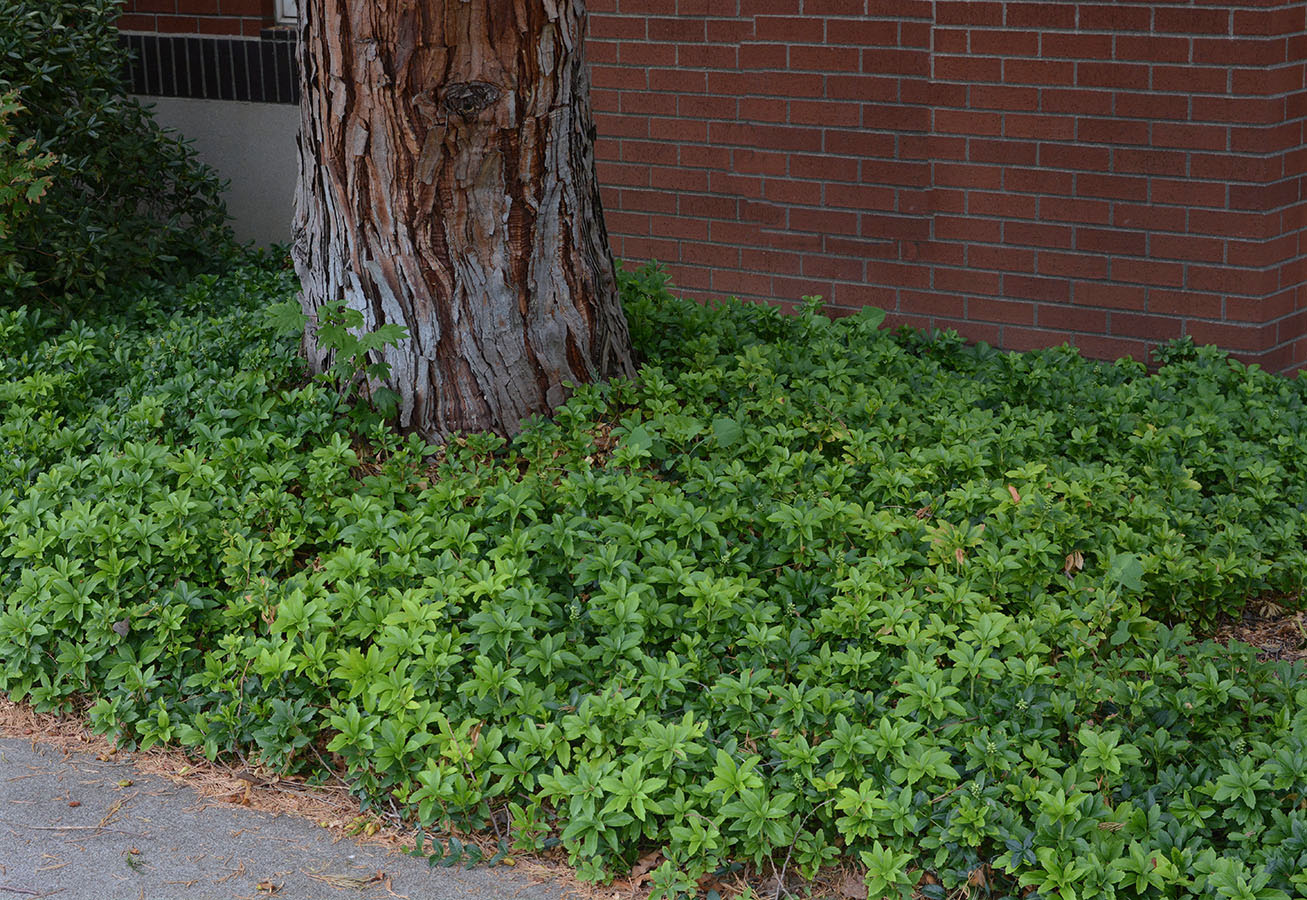



Pachysandra Terminalis Landscape Plants Oregon State University
/japanese-pachysandra-pachysandra-terminalis-2132216-01-b6d9d10b6a0a4d4fb7aa5501db6f9d12.jpg)



Japanese Pachysandra Useful Spurge Ground Cover
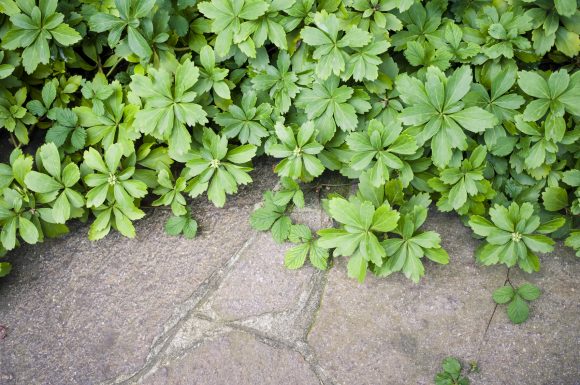



Japanese Spurge Liberal Dictionary




Gogardennow The Gardening Blog Pachysandra A Ground Cover Of Choice



Pachysandra Home Garden Information Center



Pachysandra Terminalis Japanese Spurge A Groundcover To Be Controlled
:max_bytes(150000):strip_icc()/deer-resistant-perennial-ground-cover-plants-4767417-Hero-e726d70ab90b4bd0a2f5d3d93f2a2684.jpg)



Japanese Pachysandra Useful Spurge Ground Cover
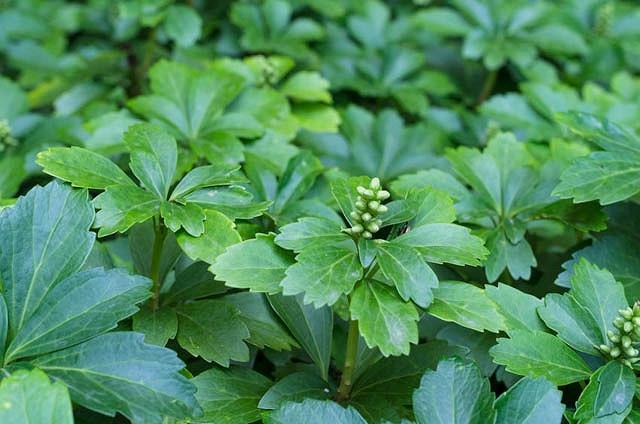



Pachysandra Terminalis Japanese Spurge




Japanese Spurge Green Carpet Buy Online At Nature Hills Nursery




Pachysandra Terminalis Japanese Spurge Youtube




Pachysandra Better Homes Gardens



Pachysandra Terminalis Japanese Spurge Plantsinthecity



Pachysandra Home Garden Information Center
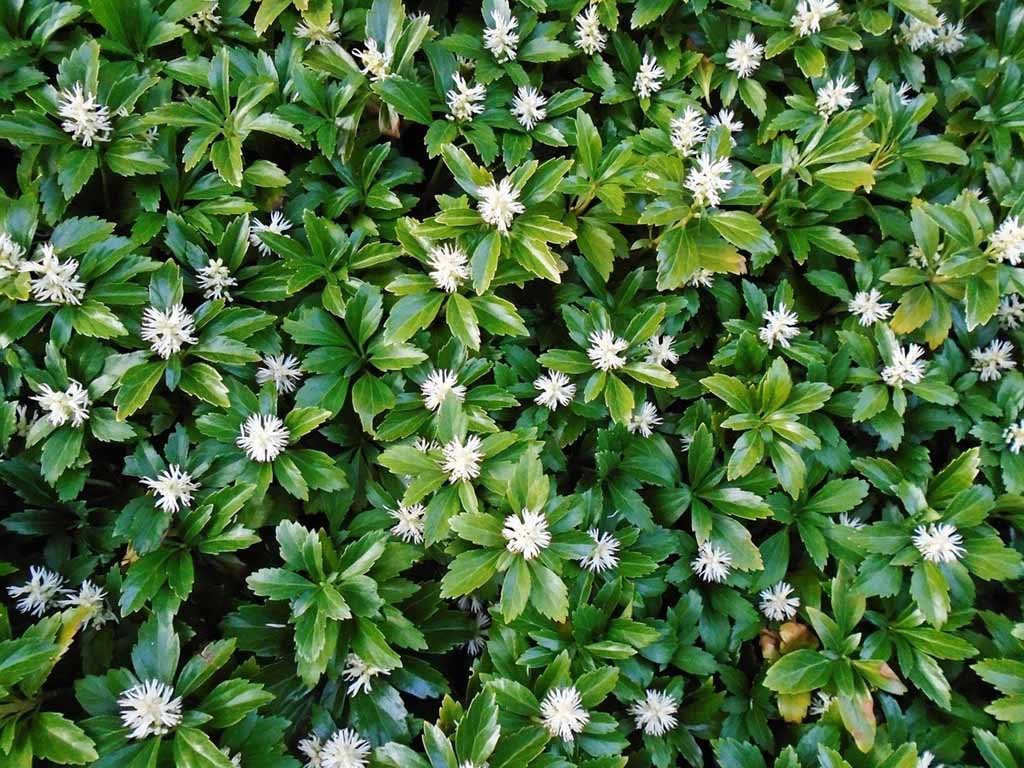



Pachysandra Buying Growing Guide Trees Com




Japanese Pachysandra Pachysandra Terminalis Euphorbiales Buxaceae



Ask Gardener These Ground Covers Can Be Water Guzzling Killers
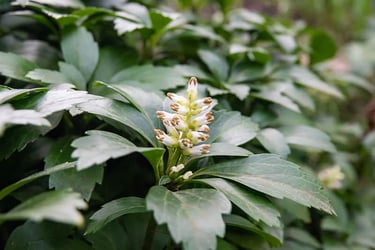



Pachysandra Buying Growing Guide Trees Com
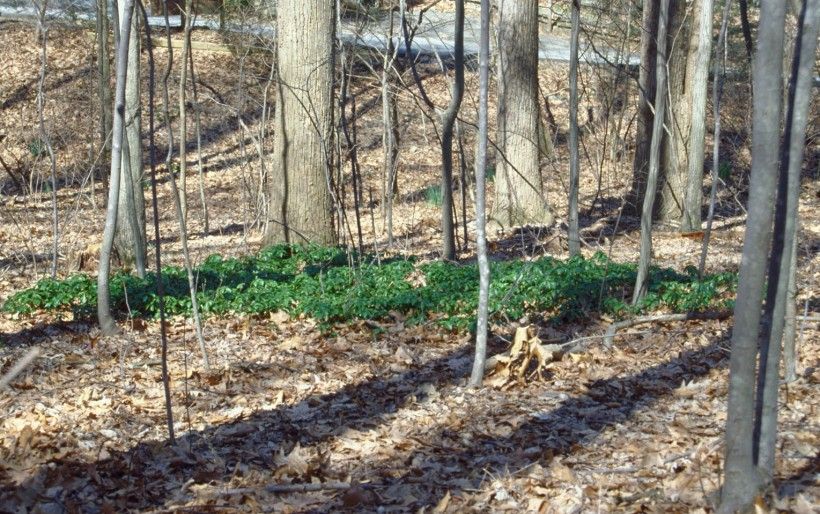



Invasive Species Spotlight Japanese Pachysandra Pachysandra Terminalis Brandywine Conservancy And Museum Of Art




Pachysandra Better Homes Gardens




Planting Ground Cover 10 Dos And Don Ts To Heed Bob Vila Bob Vila




Invasive Plant Factsheet Japanese Pachysandra Pachysandra Terminalis Master Gardeners Of Northern Virginia
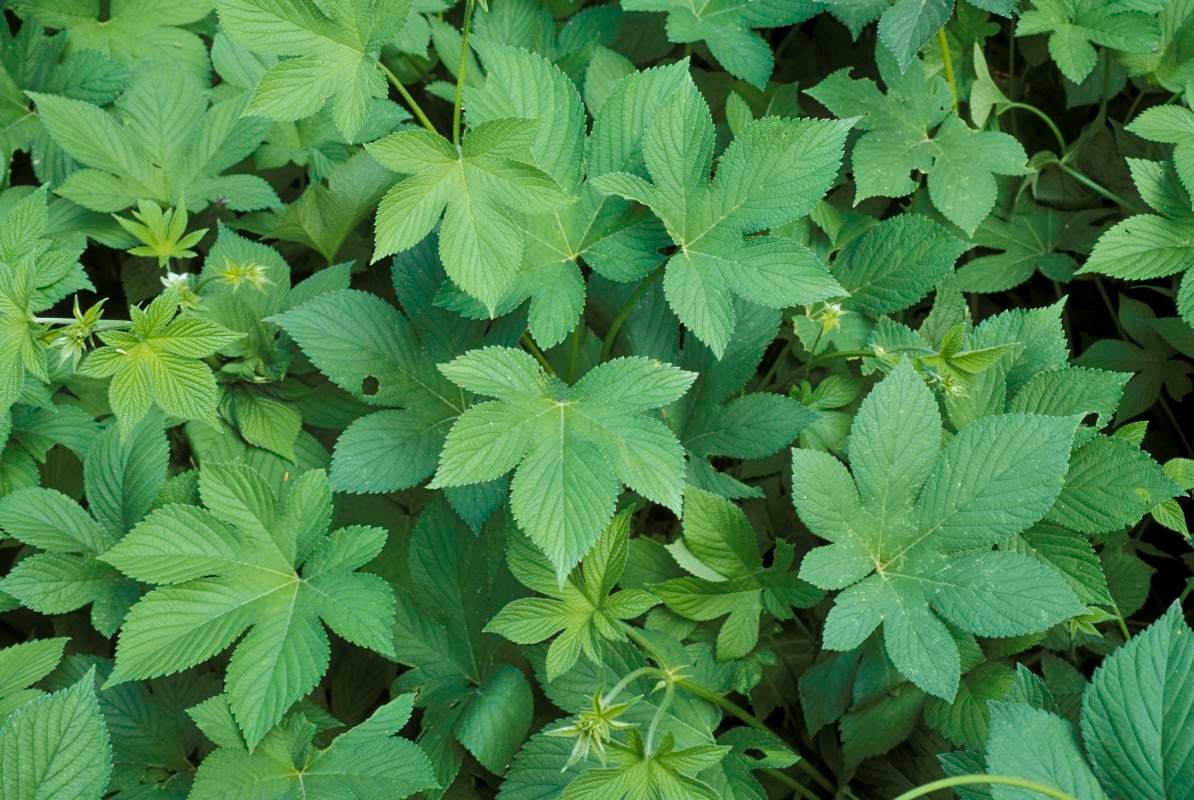



Japanese Hop Control Missouri Department Of Conservation




Green Sheen Japanese Spurge Naturehills Com




Invasive Plant Factsheet Japanese Pachysandra Pachysandra Terminalis Master Gardeners Of Northern Virginia
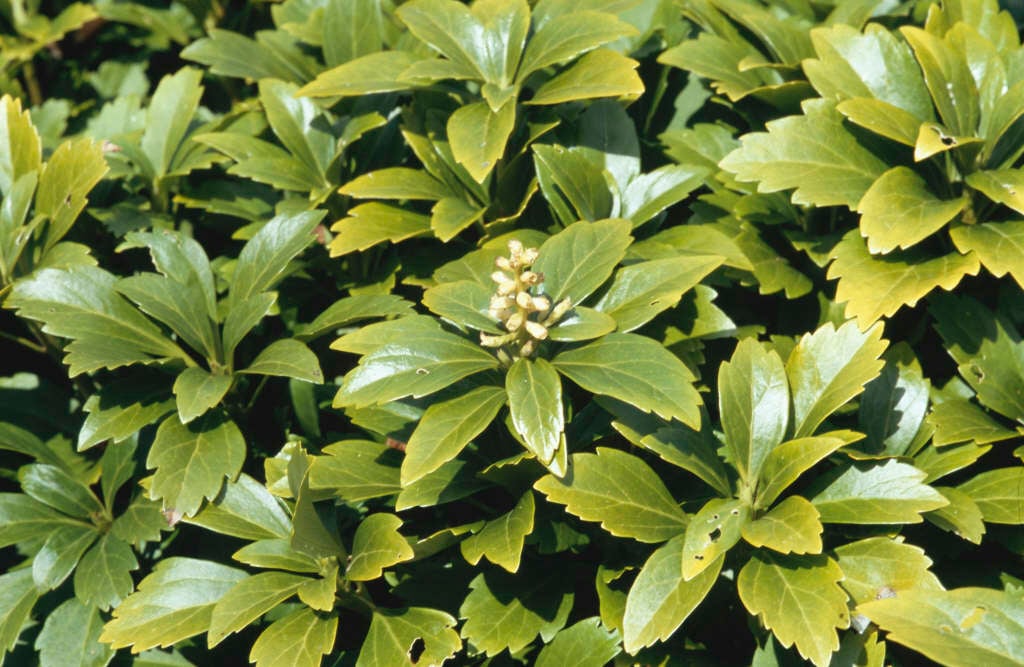



Pachysandra Terminalis Vancouver Island Grows




Volutella Dieback Of Pachysandra Groundcover University Of Maryland Extension




Pachysandra Removal Tips How To Get Rid Of Pachysandra In The Garden
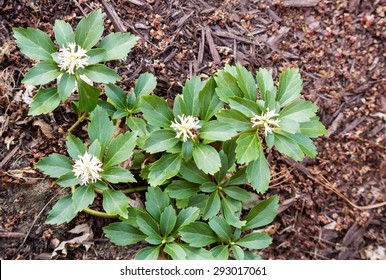



Japanese Spurge Images Stock Photos Vectors Shutterstock




3 Good Choices For Ground Covers The Ground Crew Cleveland Com




6 Pack Japanese Spurge In Tray L42 In The Ground Cover Department At Lowes Com



3
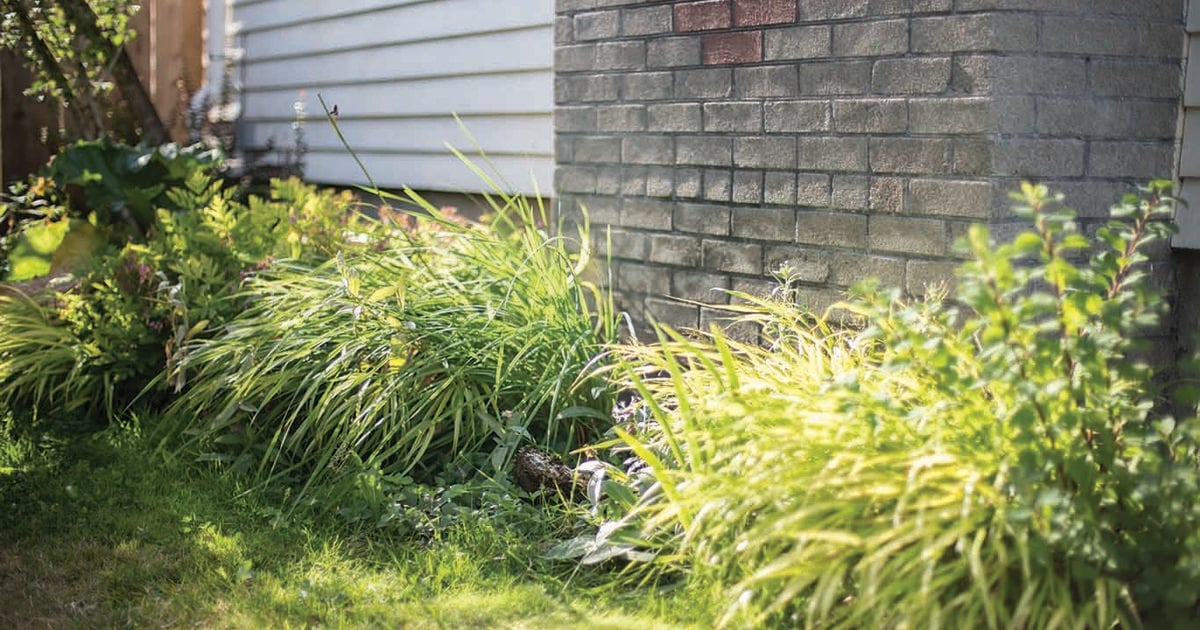



7 Awful Invasive Weeds In Local Yards And Ways To Get Rid Of Them Metro




Pachysandra Better Homes Gardens
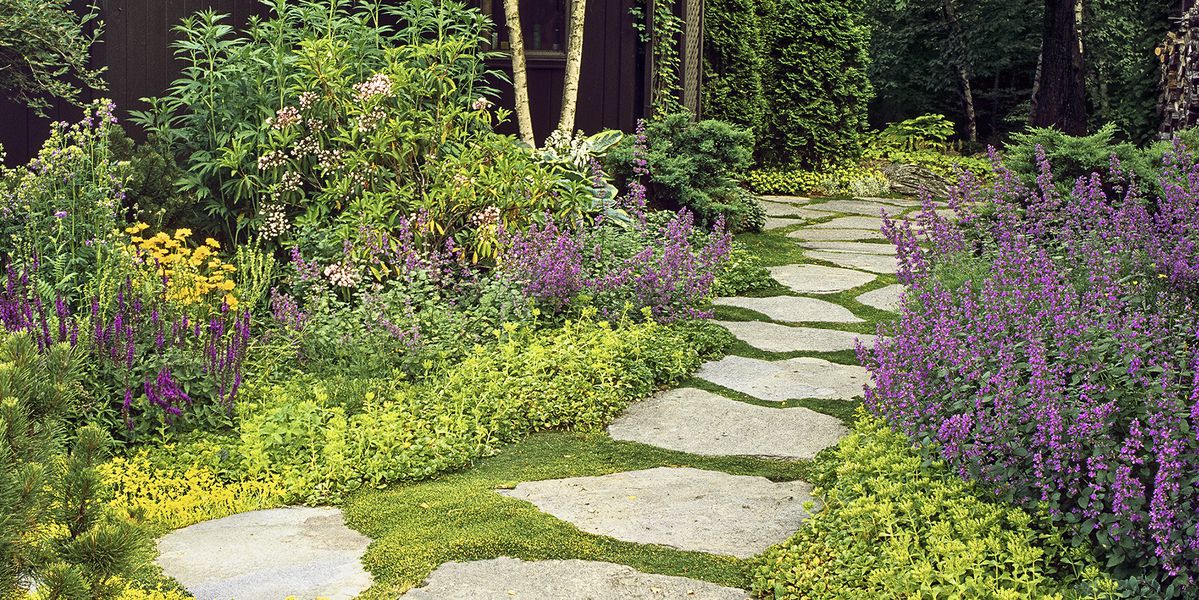



Ground Cover Plants Everything You Need To Know This Old House
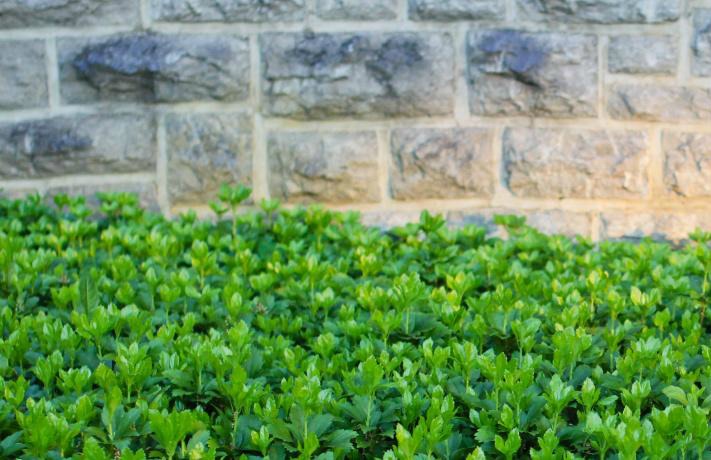



Ground Covers Enhancing Commercial Landscapes Brightview




Japanese Pachysandra Pachysandra Terminalis




Pca Alien Plant Working Group Leafy Spurge Euphorbia Esula




Leafy Spurge Euphorbia Esula Wisconsin




Native Plant Alternatives To Pachysandra Terminalis Japanese Spurge




Best Pachysandra Terminalis Japanese Spurge Bare Root Plants Highly Invasive 31 96 Picclick




Leafy Spurge Control Missouri Department Of Conservation
:max_bytes(150000):strip_icc()/japanese-pachysandra-pachysandra-terminalis-2132216-04-470e77acc7b347879565fe835ead3873.jpg)



Japanese Pachysandra Useful Spurge Ground Cover




Pachysandra Wikipedia




Pachysandra Terminalis Japanese Spurge A Groundcover To Be Controlled




Pachysandra Species Carpet Box Japanese Pachysandra Japanese Spurge Pachysandra Terminalis



3




Japanese Spurge Finegardening
:max_bytes(150000):strip_icc()/japanese-pachysandra-pachysandra-terminalis-2132216-03-23fcc013a0ad4bd6b6bbbebcdfec5e3a.jpg)



Japanese Pachysandra Useful Spurge Ground Cover
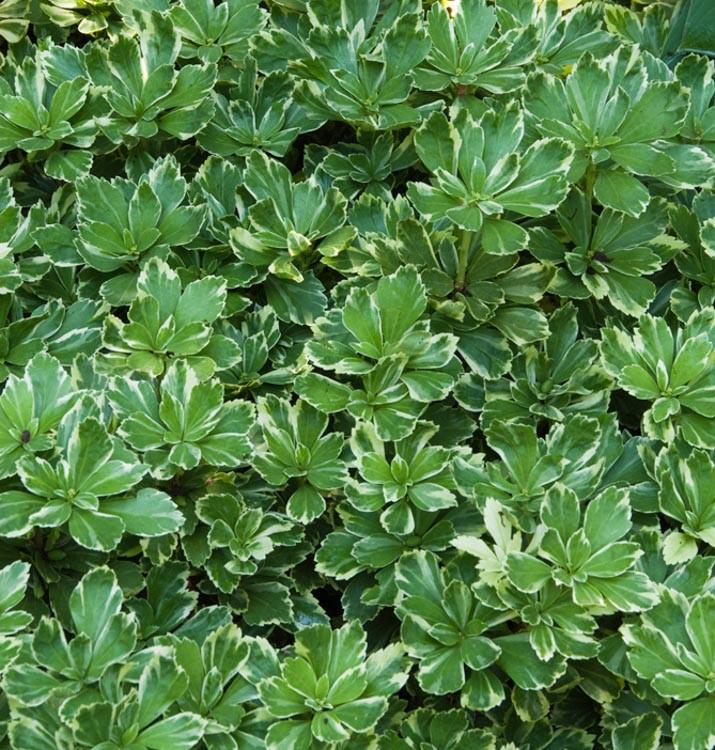



Pachysandra Terminalis Silver Edge Japanese Spurge



Alien Plant Invader Spurge Laurel City Green Blog The City Of Portland Oregon




Native Plant Alternatives To Pachysandra Terminalis Japanese Spurge




Invasive Plant Factsheet Japanese Pachysandra Pachysandra Terminalis Master Gardeners Of Northern Virginia




Pachysandra For Shade Under Trees New And Old Varieties




Print Of Japanese Pachysandra Or Japanese Spurge Pachysandra Terminalis With Raindrops Evergreen Ground Cover Bad Reichenhall Berchtesgadener Land District In 21 Ground Cover Plants Dry Shade Plants Ground Cover
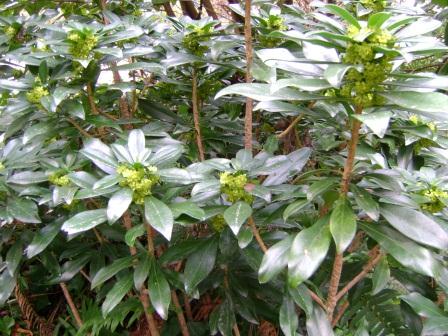



Invasive Spurge Laurel West Multnomah Soil Water Conservation District




Pachysandra Terminalis Japanese Spurge A Groundcover To Be Controlled




Japanese Spurge Pachysandra Terminalis In Denver Centennial Littleton Aurora Parker Colorado Co At awa Gardens




The Beginning Of Another Pocket Garden Pocket Garden Landscaping Around Trees Plants




Leafy Spurge Euphorbia Esula Invasive Species Control
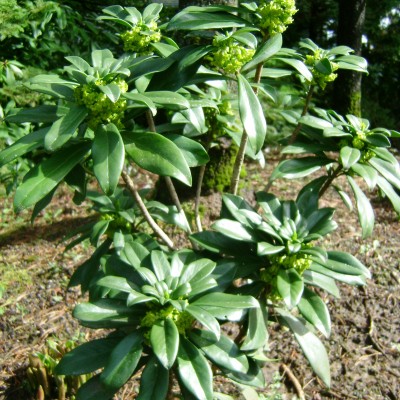



Invasive Spurge Laurel West Multnomah Soil Water Conservation District




Planting Ground Cover 10 Dos And Don Ts To Heed Bob Vila Bob Vila



Japanese Pachysandra Useful Spurge Ground Cover
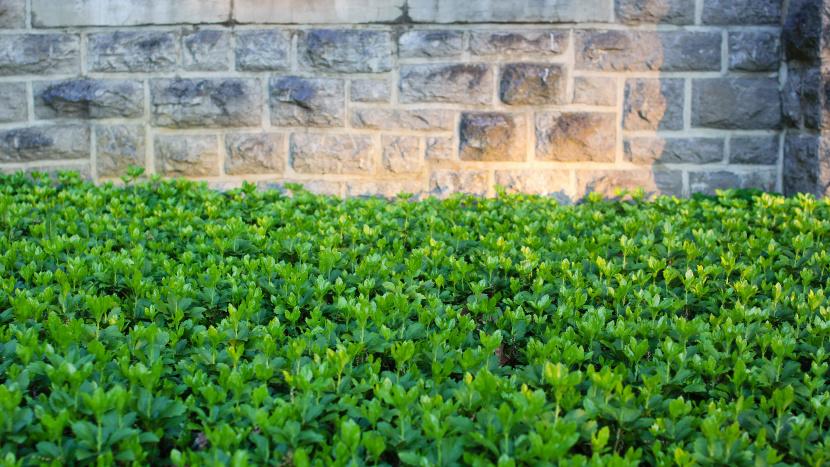



Ground Covers Enhancing Commercial Landscapes Brightview



3
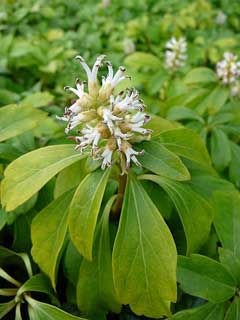



Pachysandra Terminalis Japanese Spurge Japanese Pachysandra Pachysandra Pfaf Plant Database



Www Extension Purdue Edu Extmedia Ho Ho 295 W Pdf




Pachysandra Better Homes Gardens




Did The Pachysandra Kill The Hickory Tree
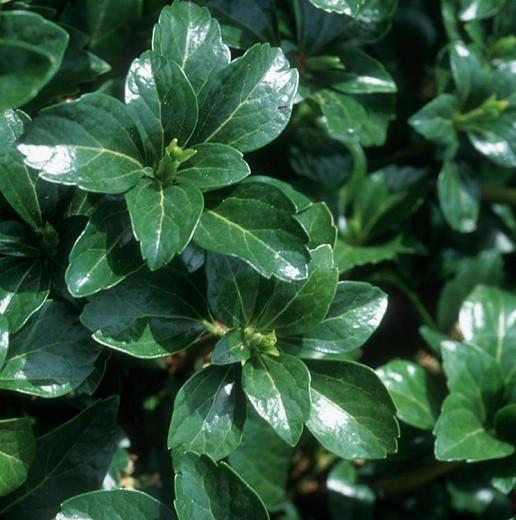



Pachysandra Terminalis Green Sheen Japanese Spurge



12 Common Invasive Plants And Natives To Use Instead Part 2
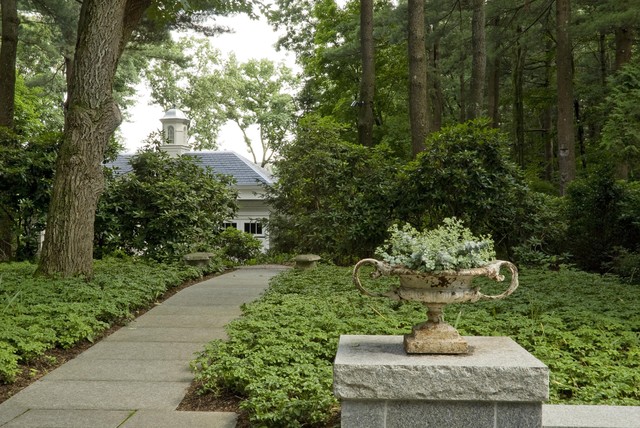



How To Use Pachysandra Responsibly In The Landscape



3




Japanese Spurge 48 Plants Pachysandra Hardy Groundcover 1 3 4 Pots Walmart Com Walmart Com
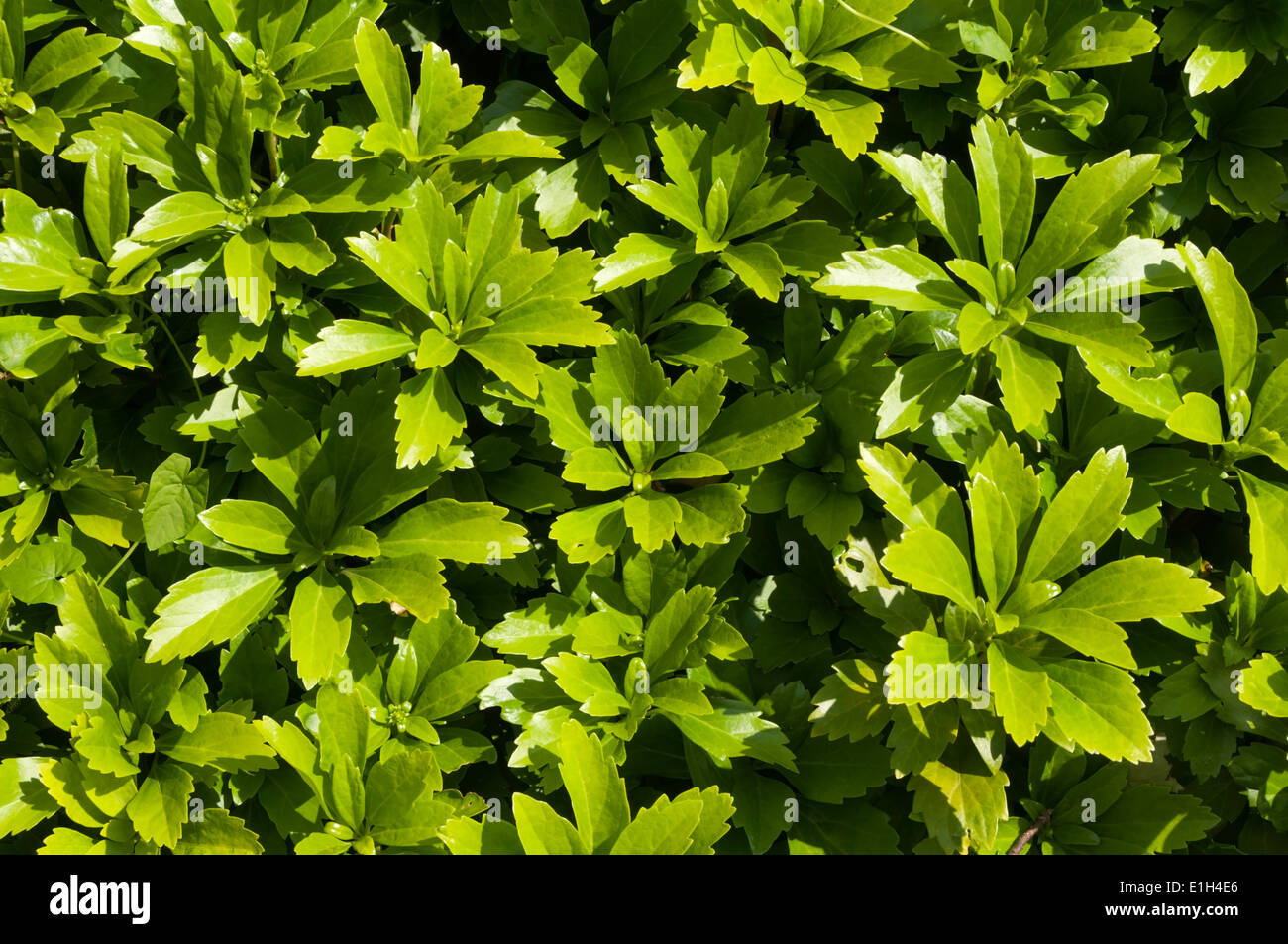



Leafy Spurge High Resolution Stock Photography And Images Alamy




Native Plant Alternatives To Pachysandra Terminalis Japanese Spurge




Pachysandra Terminalis Japanese Spurge A Groundcover To Be Controlled




Ground Covers Enhancing Commercial Landscapes Brightview



0 件のコメント:
コメントを投稿